Maintaining your motorboat in optimal condition is crucial for both extending its longevity and guaranteeing safety during voyages. Neglecting your boat’s maintenance increases the risk of leaks, overconsumption, and engine starting problems, potentially leading to breakdowns at sea. This guide will explain the importance of motorboat maintenance.
1 – Timing for motorboat maintenance
Maintenance can be performed regularly, such as after a trip at sea. Additionally, some maintenance tasks are done once a year, typically after winterizing your boat.
Regular maintenance
After each excursion, it’s imperative to conduct a thorough inspection of your motorboat. These routine checks play a vital role in identifying potential issues early on and preventing them from escalating. After every sea voyage, consider the following maintenance steps:
- Flush the engine with fresh water to thwart corrosion and rust, particularly for outboard motors stored dry.
- Verify the functionality of the water pump
- Check the oil level and adjust it if necessary
- Remove any residual gasoline from the carburetor
- Apply grease to the necessary parts, especially for dry-stored inboard engines
Read also: What are the average boat maintenance costs?
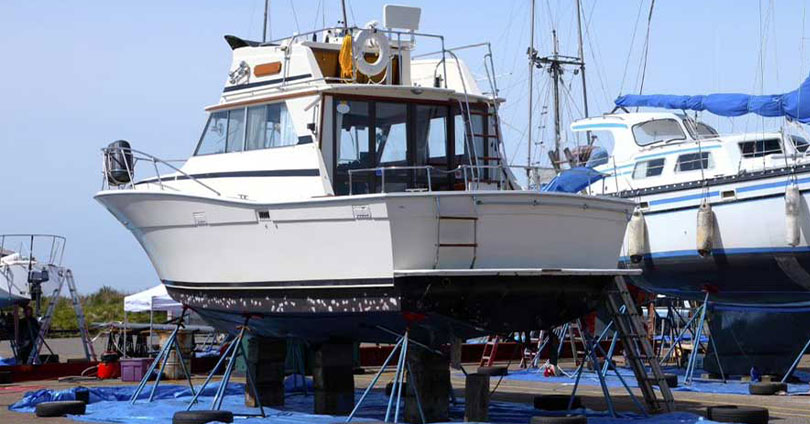
Annual maintenance
Certain maintenance tasks are best performed before the boating season kicks off. These annual checks are typically outlined in the manufacturer’s manuals and should be entrusted to a qualified professional. Annual maintenance may encompass:
- Checking for clogged fuel filters by disassembling them.
- Inspecting the condition of spark plugs.
- Replacing damaged or corroded parts.
For outboard engines, it’s recommended to conduct these maintenance tasks every 100 hours of operation. Considering that most boaters clock around 60 hours of operation per season, it’s advisable to schedule these tasks annually with the assistance of a professional technician.
*Seanapps Intelligence data based on a 7-month sailing season.
Do you know how to access the owner’s manual from the Seanapps app?
If you’d like to know more about your boat and the maintenance of its parts, this tutorial might be of interest to you!
The most practical solution for the installation of your remote boat monitoring system could be Seanapps with a ready-to-install package! !
2 – Engine maintenance
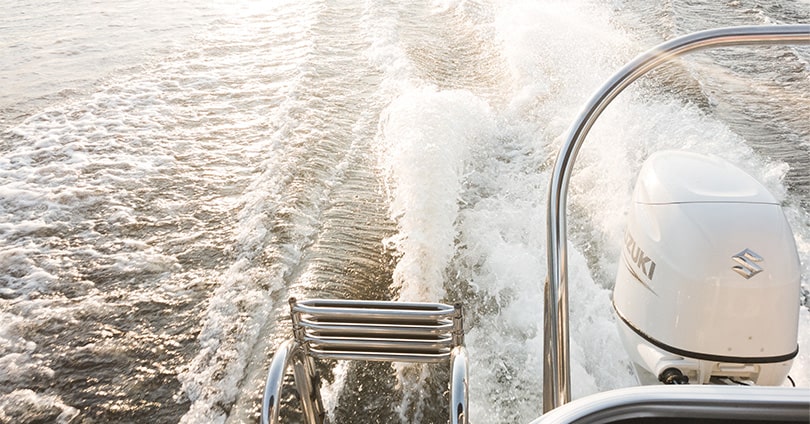
Although maintenance procedures vary between inboard and outboard motorboats, there are several key aspects that necessitate attention.
Engine cleaning
Regularly cleaning your engine with fresh water (or using a cleaning product such as a flushing kit) is crucial. This process removes impurities and prevents corrosion and rust buildup. The engine cover should remain in place during cleaning for protection.
Engine oil change
Changing the engine oil helps slow corrosion and prevent overheating. Typically, this maintenance task should be undertaken every 100 hours of operation. Manufacturer manuals provide such information.
Propeller inspection
For outboard motorboats, visually inspecting the propeller is indispensable. Any damages or impacts should be repaired promptly. Even minor imperfections on the propeller can result in reduced engine power, leading to heightened fuel consumption and associated costs.
Engine hours monitoring
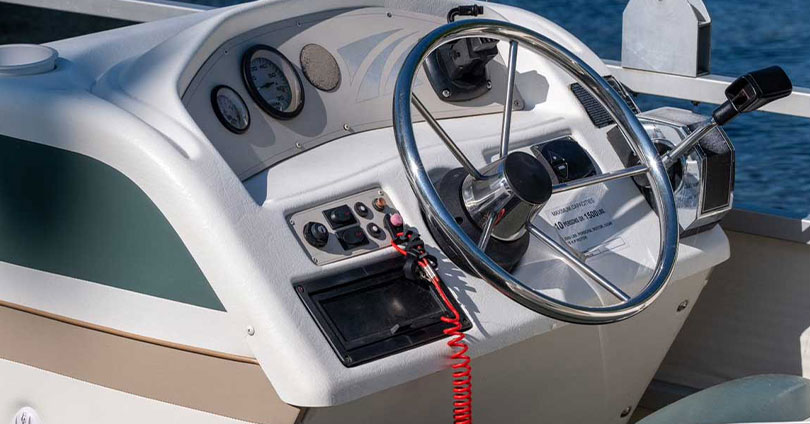
Tracking engine hours is essential for determining when maintenance is due. This can be accomplished manually by meticulously recording hours in a logbook after each voyage. Alternatively, for outboard engines, engine hours can be checked by activating the boat’s ignition and observing the tachometer.
Innovative solutions such as the Seanapps boat application offer real-time access to engine hour data for inboard boats. Using the boat’s NMEA 2000 network, Seanapps seamlessly retrieves engine hours, providing valuable insights for optimizing maintenance schedules. In cases where the engine lacks NMEA compatibility, Seanapps utilizes a specialized sensor called an hour meter to obtain engine hour data. This data not only facilitates proactive maintenance but also enhances the boat’s resale value by showcasing meticulous care and upkeep.
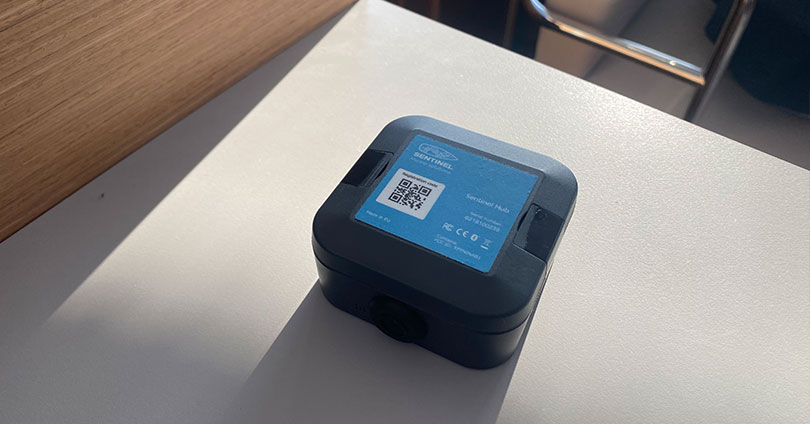
Photo: Seanapps hour meter
3 – Battery maintenance considerations
What batteries are on board?
Boats typically feature two primary types of batteries:
- Engine Battery: This battery is specifically engineered to initiate the engine, delivering a surge of high current. It replenishes its charge primarily through the boat’s engine operation.
- Service Battery: Responsible for powering various onboard electrical appliances such as refrigerators, lighting systems, and GPS devices. In emergencies, it can also serve as a backup for engine startup.
What to watch out for on the engine battery
The performance and longevity of the engine battery are contingent upon factors like engine type (whether thermal or electric) and power capacity. Before each trip and in case of engine starting issues, it’s essential to check:
- Charge Level: After each sea trip, it’s imperative to fully recharge the engine battery to prevent potential failures during subsequent trips, particularly during engine startups.
- Voltage: Verify that the voltage output aligns with the battery bank’s specifications. Consider the current intensity, as it directly influences the duration required for charging. Note that opting for lower charging intensities can help preserve battery life, albeit at the expense of longer charging times, while excessively high intensities may risk damaging the battery.
Connectivity tools for battery maintenance:
Even when you’re away from your boat at the dock, you can monitor the engine battery level with Seanapps’ battery voltage sensor. You will receive instantaneous Bluetooth notifications on your preferred mobile device (be it a smartphone or tablet) should the motorboat battery experience any power depletion. Additionally, you can conveniently access real-time battery data via the dedicated “Sensors” tab within the application interface, ensuring continuous vigilance.
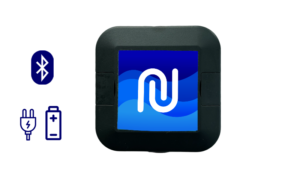
Photo: Seanapps battery voltage sensor
4 – Why choose professional maintenance services? ?
Have your boat maintained by a professional
Some specific interventions (such as changing parts affected by corrosion) are delicate and require the expertise and tools of a professional. Additionally, they apply manufacturers’ guidelines, ensuring quality maintenance.

A guarantee for resale value
A well-maintained boat not only ensures smoother resale transactions but also exerts a significant influence on the selling price. Buyers pay attention to a boat’s overall condition and the quality of its various components. By showcasing your commitment to professional maintenance, you instill confidence in potential buyers. They will not only be reassured but will also be able to appreciate the added value of your investment. This can translate into an enhanced selling price, as documentation of regular operations can have a positive influence on the purchase decision.
How can you make maintenance follow-up easier?
You don’t need to be an organization expert to schedule regular maintenance tasks. Seanapps offers a practical solution: it sends reminders as maintenance dates approach. Seamlessly integrated with your chosen maintenance professional, Seanapps enables you to schedule appointments directly from the application.
Additionally, you can conveniently store engine and battery specifications and swiftly ask for any maintenance inquiries within the app’s interface.
Moreover, Seanapps simplifies the logging of maintenance activities and enables the secure storage of maintenance invoices, ensuring your boat is up-to-date and facilitating resale by guaranteeing the good condition of all components to prospective buyers.
Discover Seanapps maintenance sensors
Gen set ignition sensor
€149
Shore power sensor
€149
Boat battery sensor
€259

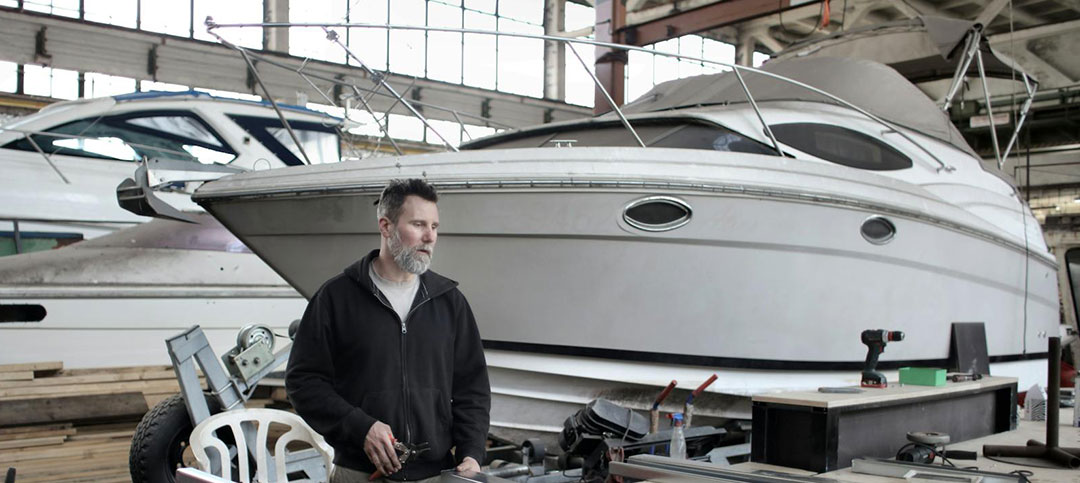
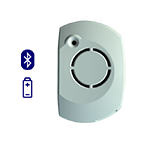
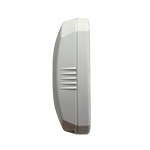
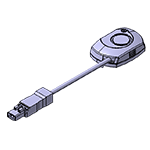
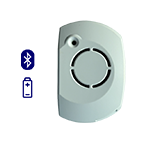
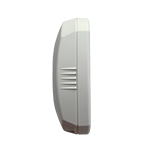
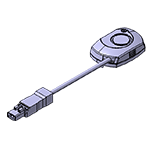

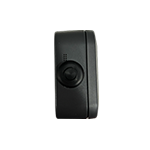
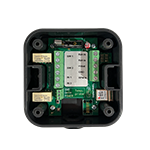
0 Comments